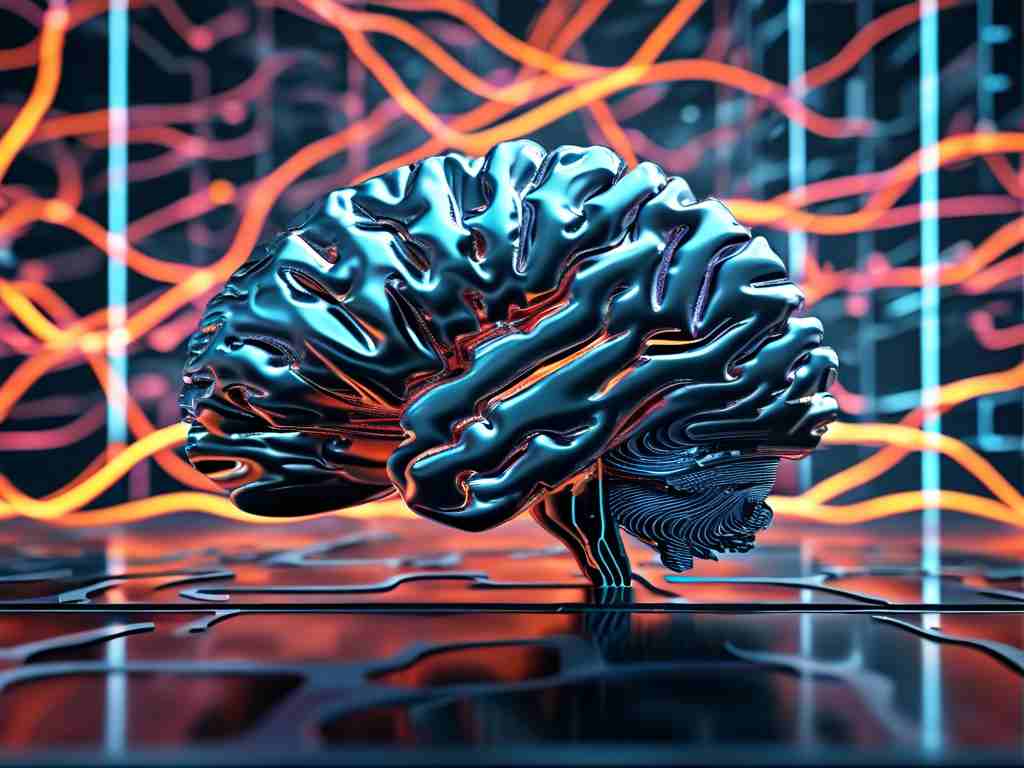In modern artificial intelligence development, neural network frameworks have become essential tools for researchers and engineers. Among various options available, Torch stands out as a powerful open-source machine learning library that has evolved significantly since its initial release. Originally developed with a Lua interface, its Python-based successor PyTorch has gained tremendous popularity in the AI community due to its flexibility and dynamic computation capabilities.

The core strength of Torch-based frameworks lies in their tensor computation functionality. These systems enable efficient numerical computations through GPU acceleration, dramatically speeding up training processes for complex neural networks. A fundamental code snippet demonstrates basic tensor operations:
import torch # Create tensors x = torch.tensor([1.0, 2.0, 3.0]) y = torch.tensor([4.0, 5.0, 6.0]) # Perform element-wise multiplication z = x * y print(z) # Output: tensor([ 4., 10., 18.])
This example illustrates how Torch handles multidimensional arrays similarly to NumPy but with added GPU support. For neural network development, Torch provides modular components through its nn package. Developers can easily stack layers using predefined modules:
import torch.nn as nn
class CustomModel(nn.Module):
def __init__(self):
super().__init__()
self.layer1 = nn.Linear(784, 128)
self.activation = nn.ReLU()
self.layer2 = nn.Linear(128, 10)
def forward(self, x):
x = self.layer1(x)
x = self.activation(x)
return self.layer2(x)
The automatic differentiation system (autograd) represents another critical feature that simplifies gradient calculations. Unlike static computation graphs in some frameworks, Torch's dynamic graph approach allows for more intuitive debugging and model modification during runtime. This flexibility proves particularly valuable when working with variable-length inputs or implementing novel neural architectures.
Practical applications of Torch span multiple domains. Computer vision projects benefit from its convolutional network implementations, while natural language processing tasks leverage specialized modules for sequence modeling. The framework's ecosystem includes numerous extension libraries like TorchVision and TorchText, providing ready-to-use datasets and model architectures.
When comparing Torch-based solutions to other frameworks, several advantages emerge. The imperative programming style makes code execution more transparent, helping developers track exactly how data flows through their networks. Interactive debugging capabilities enable real-time inspection of tensor values, significantly reducing troubleshooting time. Moreover, the active community contributes to continuous improvement, with regular updates adding new features and optimizations.
For those starting with neural networks, Torch offers a gradual learning curve. Beginners can start with basic tensor operations before progressing to building complete neural architectures. Intermediate users often appreciate the framework's customization options, while advanced practitioners utilize its distributed training capabilities for large-scale projects.
Recent developments in Torch ecosystems have introduced tools for production deployment, addressing previous limitations in model serving. Features like TorchScript allow converting Python-based models into optimized serialized formats that can run independently of Python environments, making them suitable for mobile and embedded applications.
Despite its numerous strengths, developers should consider framework selection based on specific project requirements. While Torch excels in research and prototyping scenarios, other frameworks might offer advantages in specific production environments or for particular use cases. The decision often depends on factors like team expertise, deployment targets, and performance requirements.
As neural networks continue evolving, Torch-based frameworks remain at the forefront of innovation. Their balance between usability and performance, combined with strong community support, positions them as valuable tools in the AI developer's arsenal. Future developments are expected to enhance quantum computing integration and automated optimization features, further solidifying their role in machine learning advancement.









